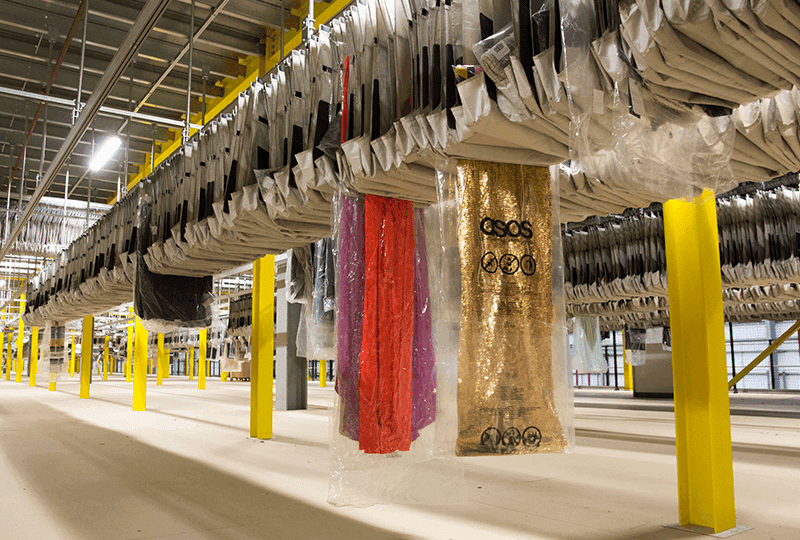ASOS forecasts lower FY earnings amid turnaround plan
The retailer said cost-cutting actions in the second half have permanently reduced its expense base ahead of expected multi-year savings from 2026 and beyond

Register to get 1 free article
Reveal the article below by registering for our email newsletter.
Want unlimited access? View Plans
Already have an account? Sign in
ASOS has warned that full-year earnings and sales may lag behind expectations, despite reporting higher gross profit margins and reduced costs over the period.
While EBITDA has risen by more than 60% year-on-year, it is expected to be on the lower end of a £130m to £150m guided range, with an improved margin of over 5%.
While profit per order rose by around 30%, reflecting changes to unit economics and stock management, the group reported lower than expected gross merchandise value (GMV), with sales slightly below consensus estimates, as it looked to “focus on higher quality sales against a soft consumer backdrop”.
Nonetheless, the retailer said cost-cutting actions in the second half have permanently reduced its expense base ahead of expected multi-year savings from 2026 and beyond.
It comes as ASOS has been undertaking a three-stage plan involving clearing excess stock and debt, redesigning its commercial model, and “re-engaging” customers.
By early 2025 it had reduced inventory from £1.1bn in 2022 to about £400m and refinanced its balance sheet, including the mothballing of its Atlanta distribution centre, and reducing its inventory position by more than 60% since the end of FY22.
Operational changes included renegotiating supplier and distribution contracts, reducing warehouse capacity, and introducing measures to cut return rates. Test and React – a model designed to quickly bring new products to market – accounted for more than 20% of own-brand sales, while flexible fulfilment represented 10% of third-party sales.
The group also launched new customer initiatives over the summer, including an Adidas collaboration, a UK loyalty scheme called ASOS.World, and expanded distribution of its Topshop and Topman labels. It said early signs of engagement were positive, and that 2025/26 would focus on building “customer love”.
In its latest full-year trading update, ASOS said: “Having concurrently scaled its new commercial model and rebuilt its variable and fixed cost base – stage two of this process – it had planned to shift gears to the final stage earlier in FY25.
“Instead, more opportunities to reduce fixed costs and drive further variable cost optimisation were explored and the business focus remained on securing even stronger profitability foundations that will deliver further material improvements to ASOS’ cost base in FY26 and beyond.”
Looking ahead, ASOS expects further gross margin improvement towards 50% and continued cost efficiency in 2025/26, with adjusted EBITDA and free cash flow in line with consensus forecasts. The company reiterated medium-term guidance for sustainable EBITDA margins of about 8% and a return to revenue growth.







